Name Sau Wu | ||
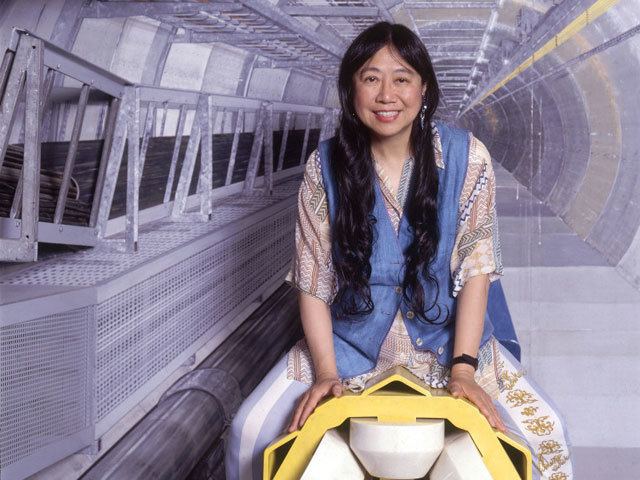 | ||
Sau lan wu 63 commencement address at vassar college 2014
Sau Lan Wu (Chinese: 吳秀蘭) is a Chinese American particle physicist and the Enrico Fermi Distinguished Professor of Physics at the University of Wisconsin-Madison. She made important contributions towards the discovery of the J/psi particle, which provided experimental evidence for the existence of the charm quark, and the gluon, the vector boson of the strong force in the Standard Model of physics. Most notably, the team she worked in the European Organization for Nuclear Research (CERN) with the Large Hadron Collider (LHC) is part of the international effort in the discovery of a boson consistent with the Higgs boson, the so-called 'God Particle'.
Contents
- Sau lan wu 63 commencement address at vassar college 2014
- Sau lan wu the discovery of the higgs
- Early years
- Academic background
- Jpsi
- Gluon
- Higgs boson
- Honors
- Personal life
- References
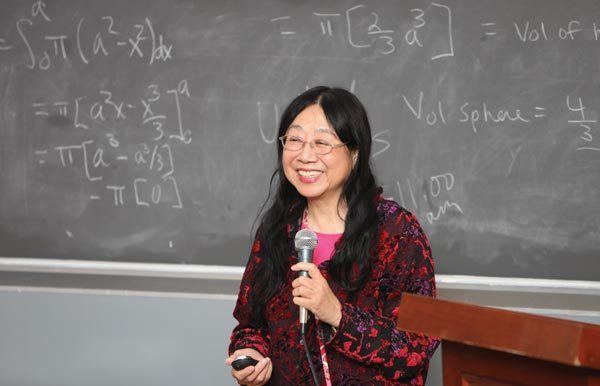
Sau lan wu the discovery of the higgs
Early years

Wu was born in Hong Kong and went to Vassar College in 1960 with a full scholarship for her undergraduate degree. Initially she dreamed of becoming a painter, but was inspired by Marie Curie to devote her life to physics. During her years in Vassar, she spent a summer at Brookhaven National Laboratory where the science of particle physics captivated her. Reminiscence of her years in Vassar, Wu relished the experience and recollected her adjustment to the American society and culture as a difficult but positive one. During her freshman year she and other Vassar students were invited to the White House for an Easter function and met Jacqueline Kennedy, a Vassar alumnae (class of 51). She first experienced racial discrimination when visiting the Supreme Court and was confronted with the choice of ‘black’ or ‘white’ on the door to the restroom.
Academic background
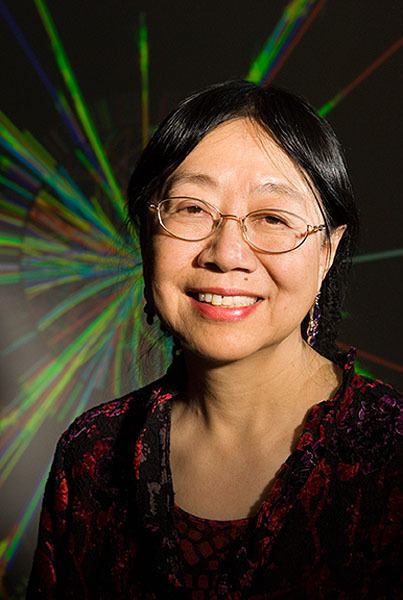
Wu graduated from Vassar College (1963) with a B.A. in Physics. After earning an M.A. (1964) and a Ph.D. (1970) in Physics from Harvard University, she conducted research at MIT, DESY and the University of Wisconsin-Madison where she is the Enrico Fermi Distinguished Professor of Physics. Since 1986, Wu has been the Visiting Scientist at CERN conducting research with the LHC as part of the ATLAS team.
J/psi
Wu was part of the team led by Samuel C.C. Ting at MIT who discovered the J/psi particle in 1974, for which Ting was awarded the 1976 Nobel Prize in Physics together with Burton Richter.
Gluon
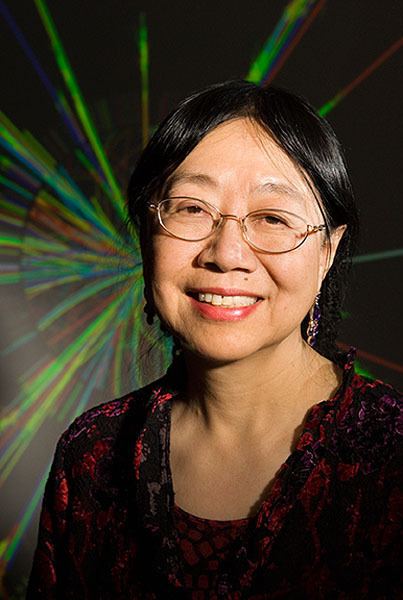
Wu was a key contributor to the discovery of gluon. For her effort, Wu and her collaborators were awarded the 1995 European Physical Society High Energy and Particle Physics Prize.
Higgs boson
Wu is a team member working on the ATLAS particle detector, one of the two main detectors at CERN (the other one is CMS). Her team specializes in studying simulations of particle collisions that mimic the data that will be produced by the LHC based on current theories. On 4 July 2012, CERN announced the discovery of a boson consistent with the predicted characters of Higgs boson. More analysis is still required to definitively ascertain whether this Higgs-like boson is indeed the Higgs particle. As of 6 March 2013, the data analyzed points to the direction of positive identification. If confirmed, the discovery will complete the Standard Model of particle physics which explains the visible Universe.
Honors

Personal life
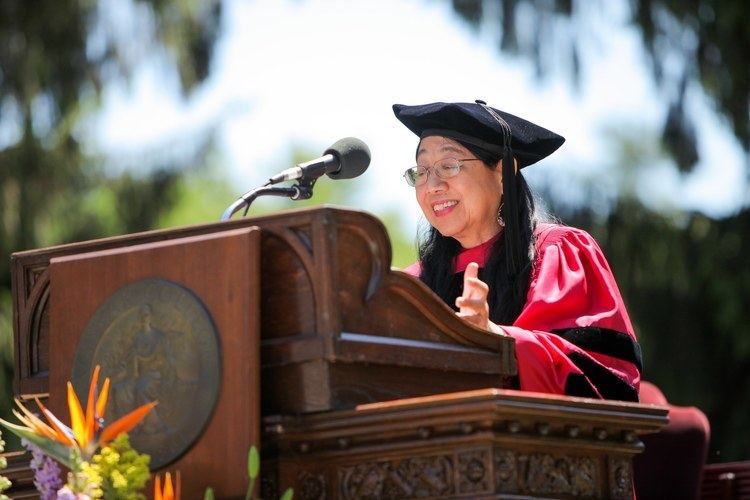
Wu lives in Geneva and conducts research in CERN. She is married to Professor Tai.T. Wu of Harvard University.
